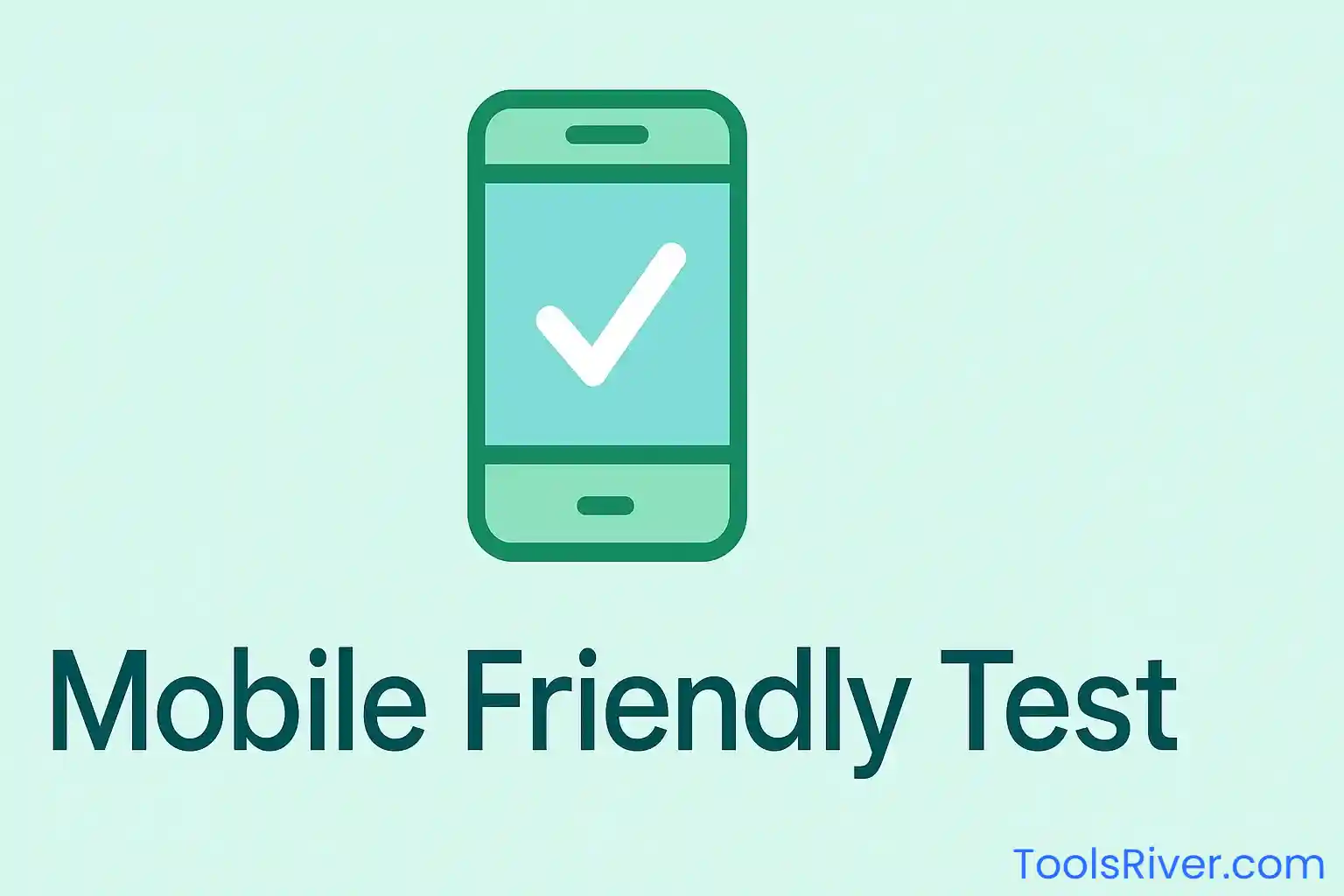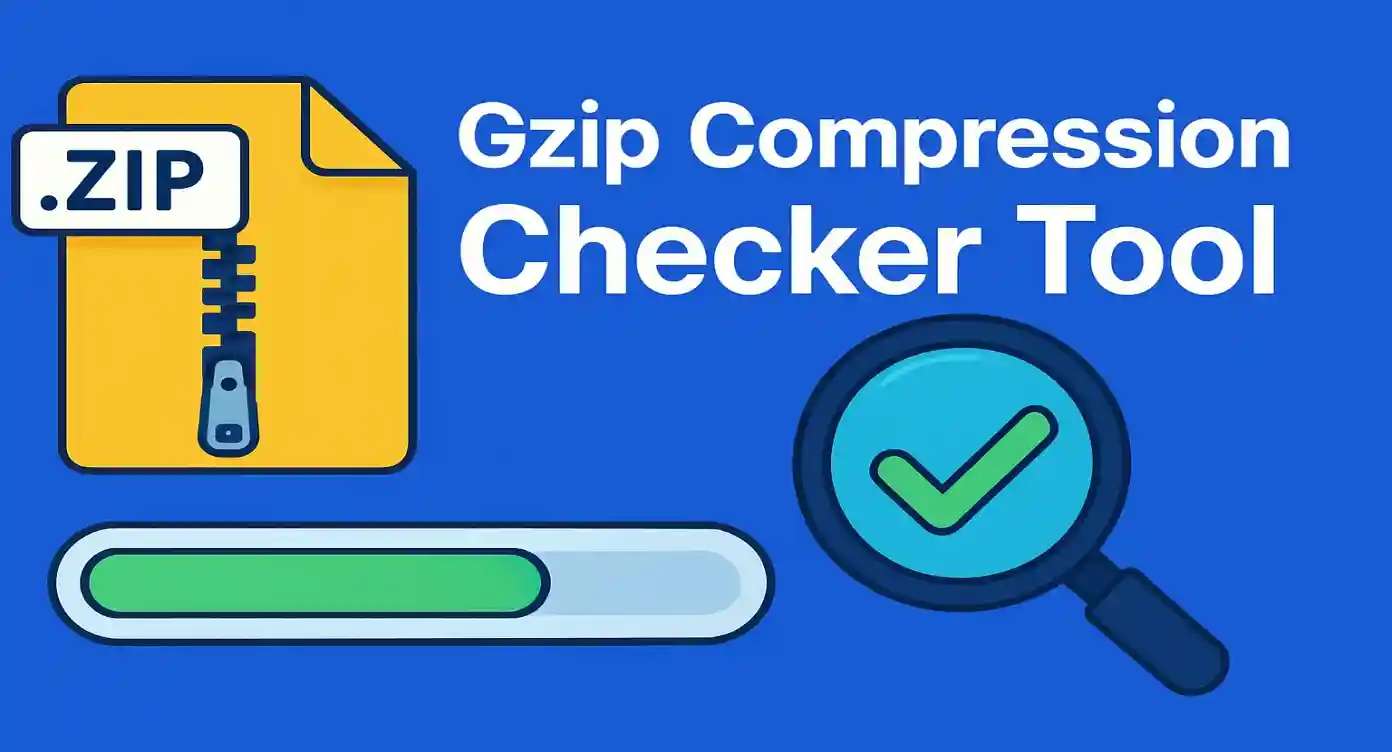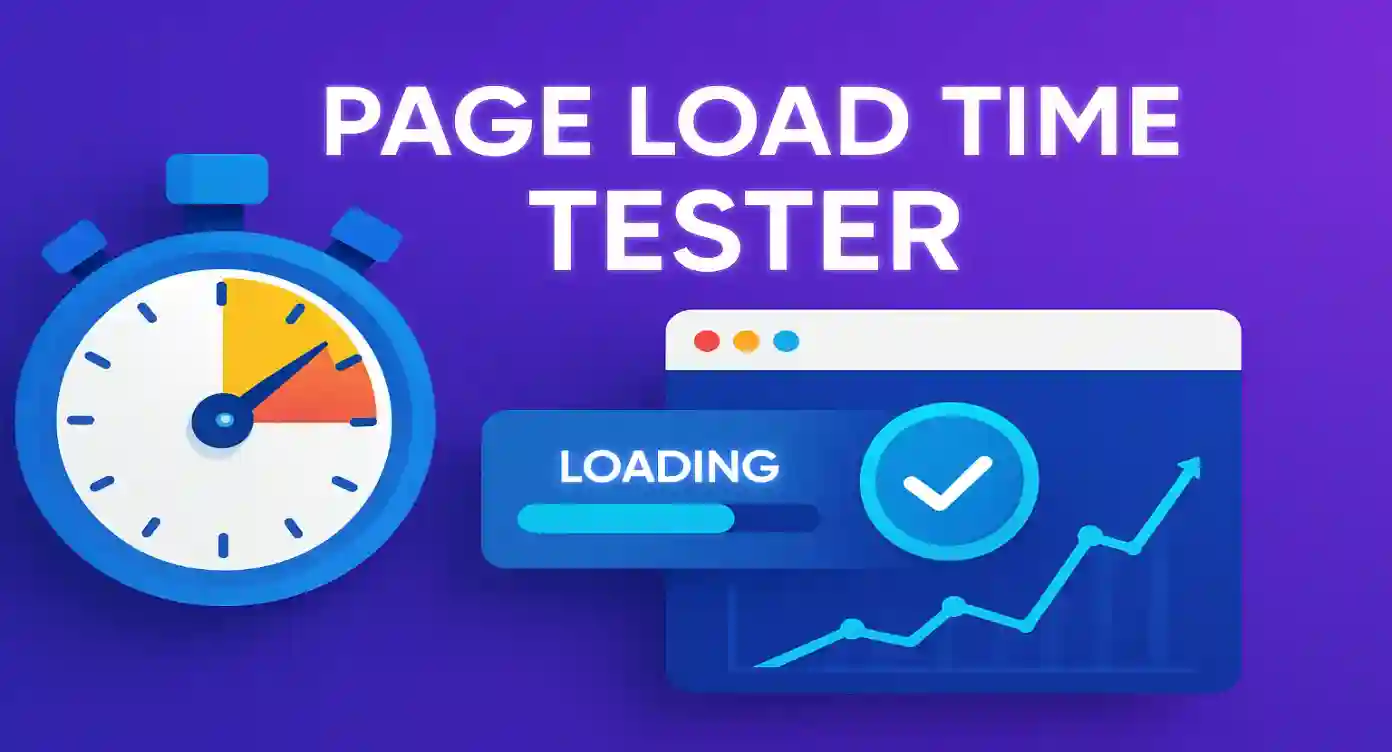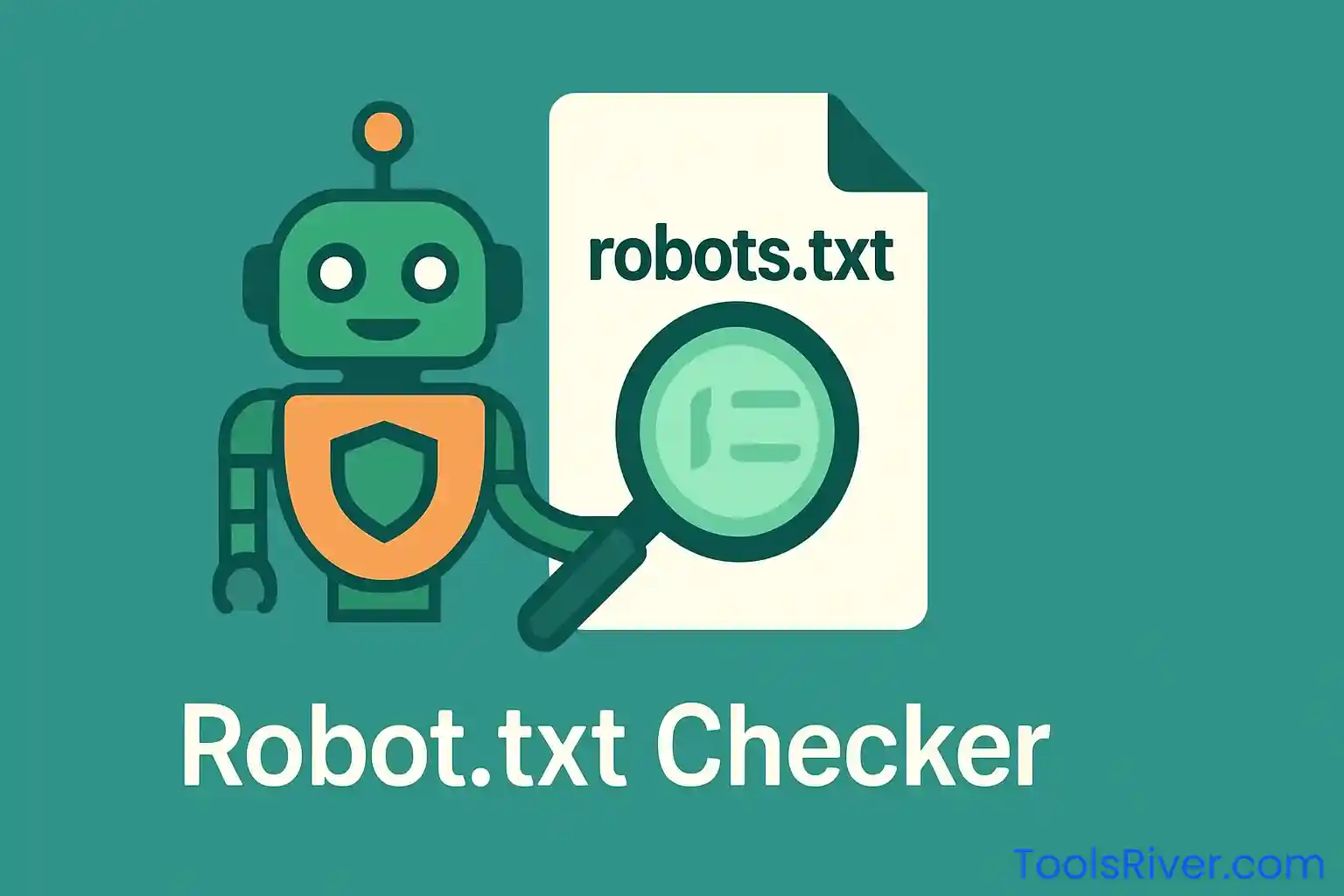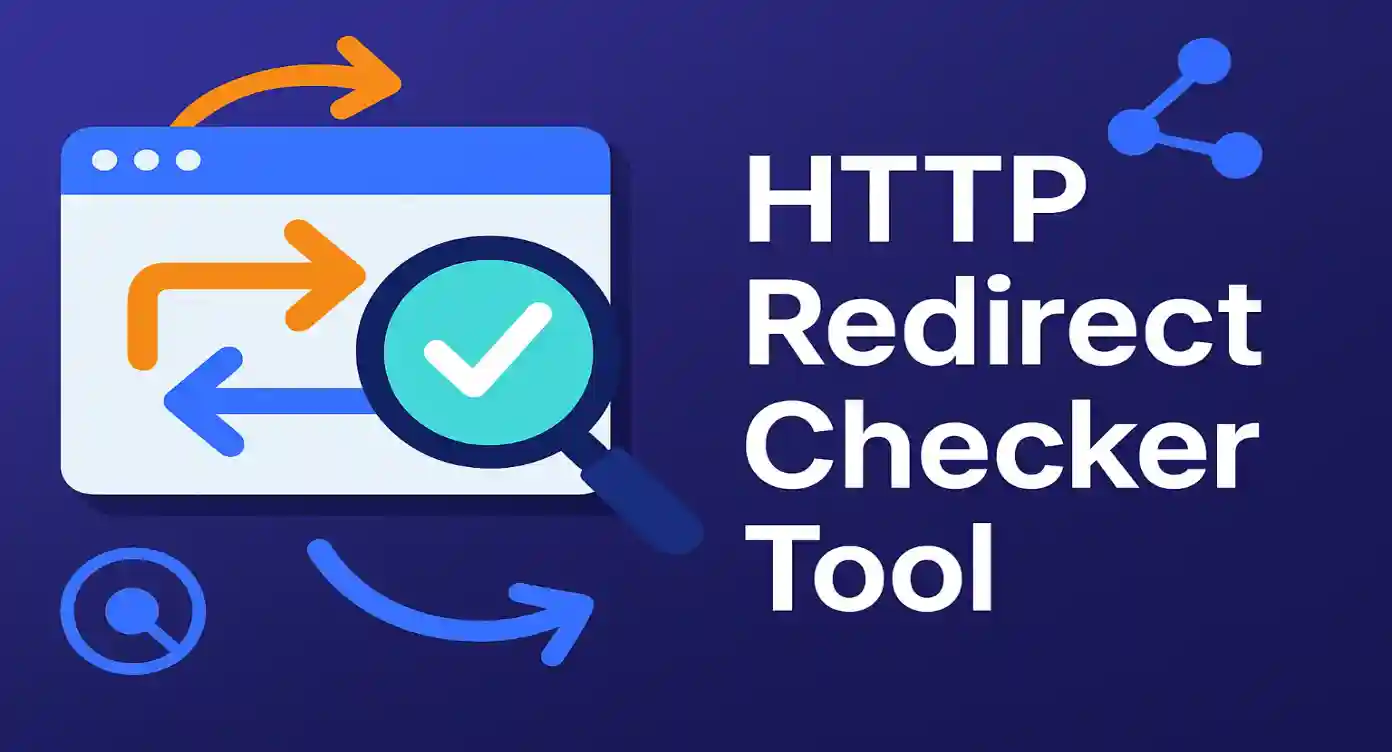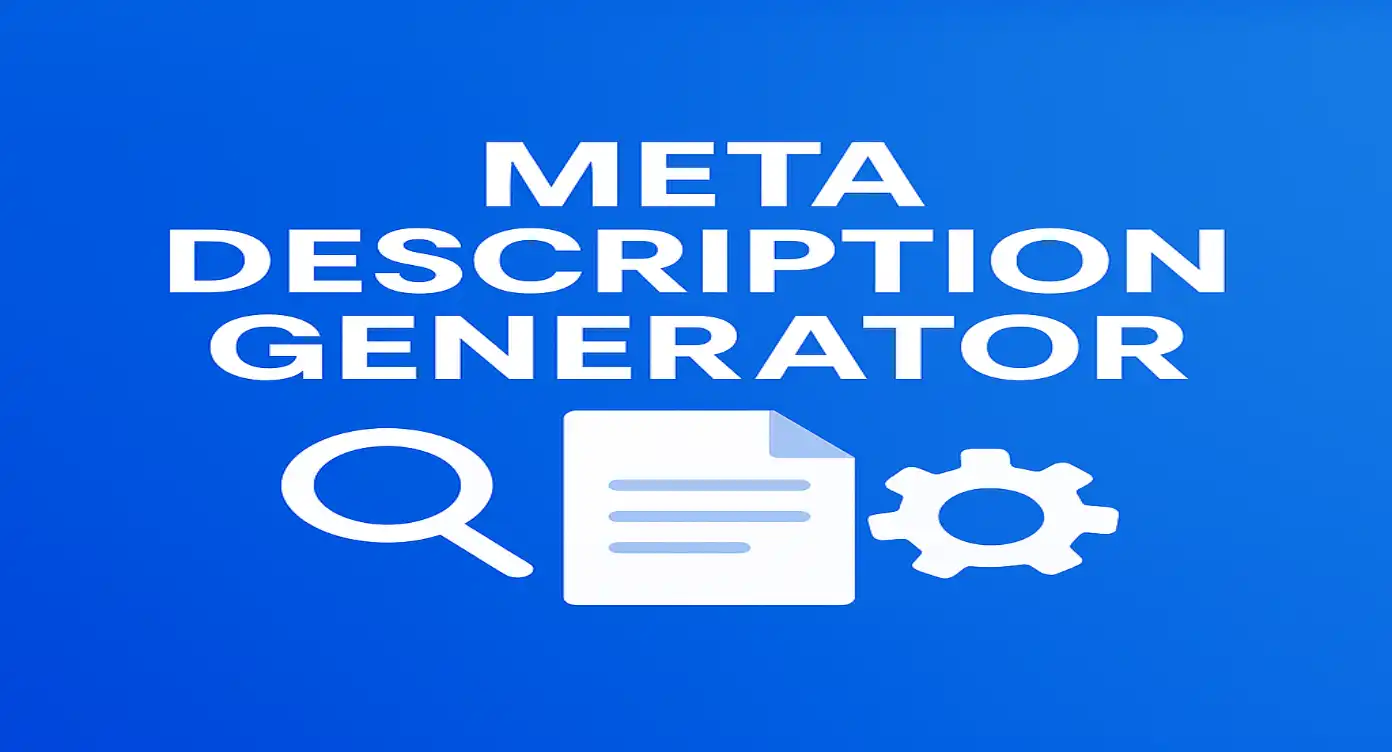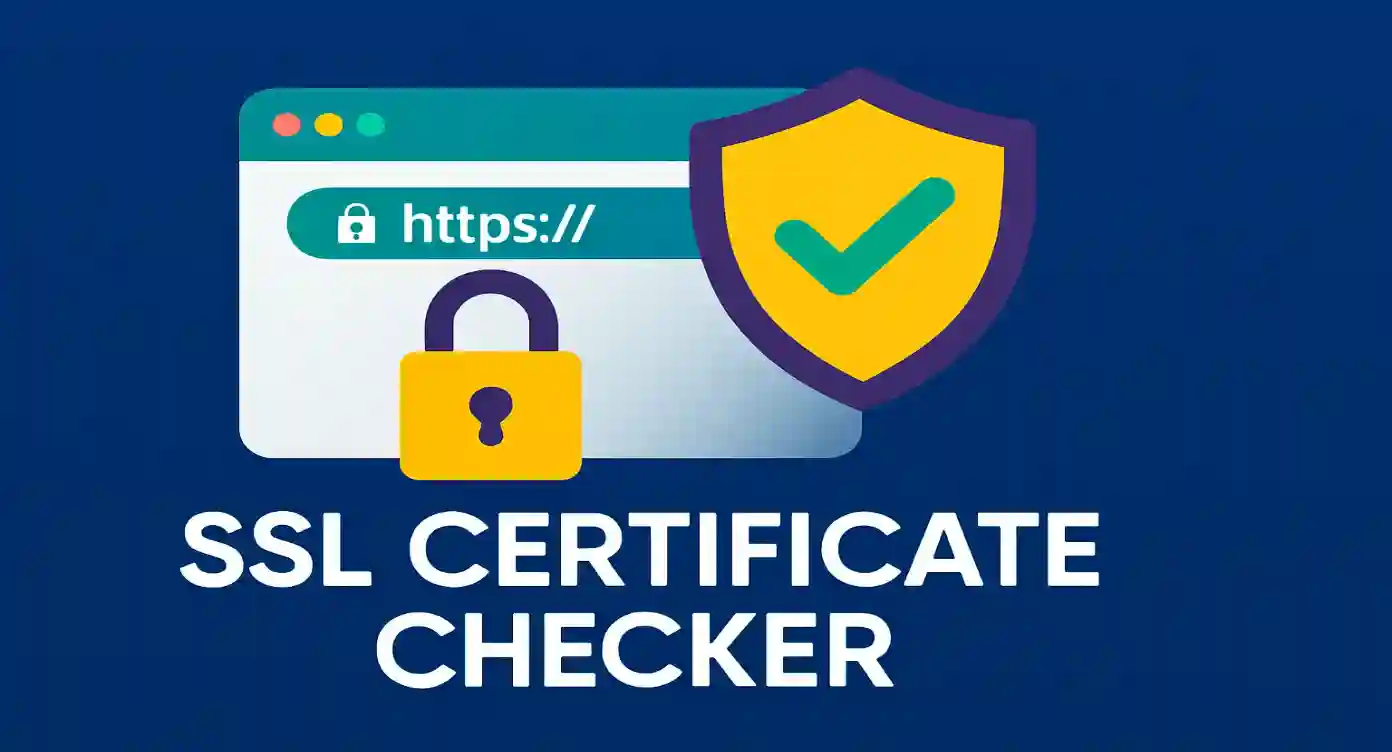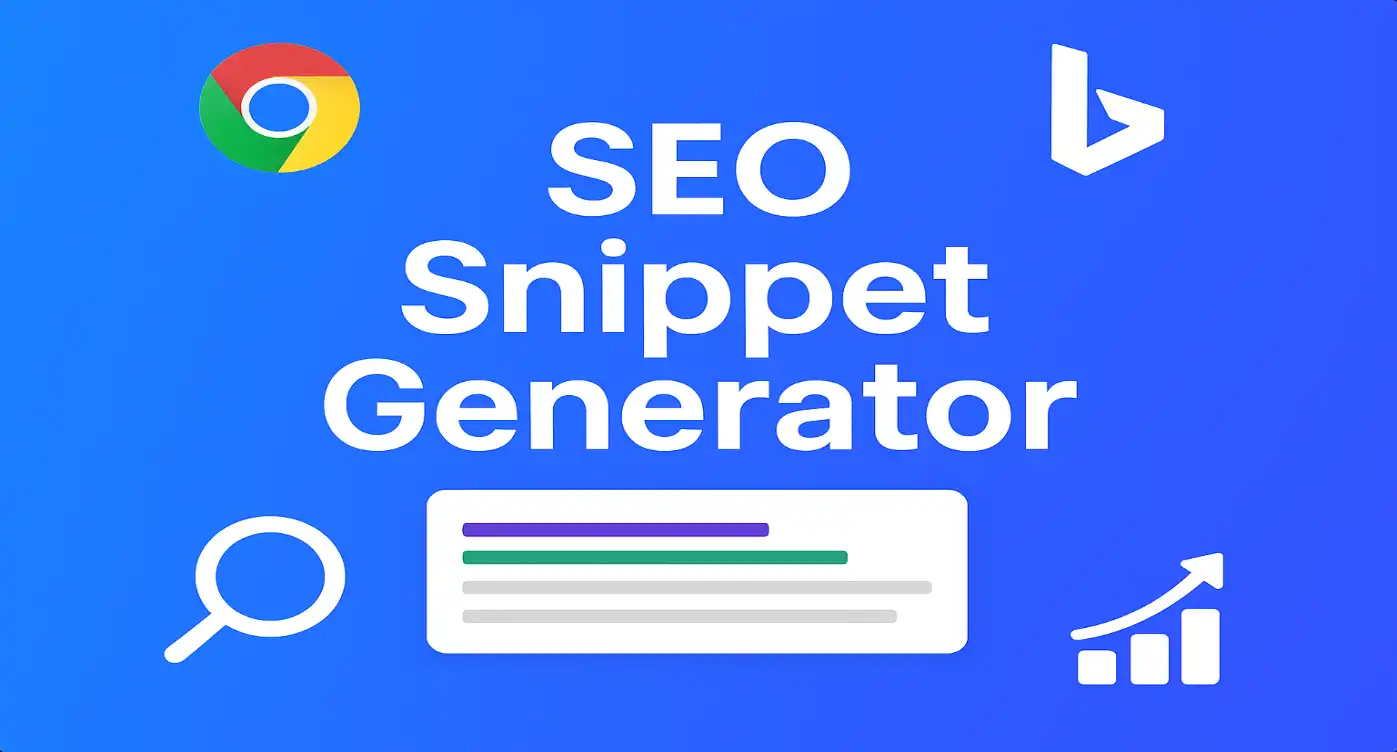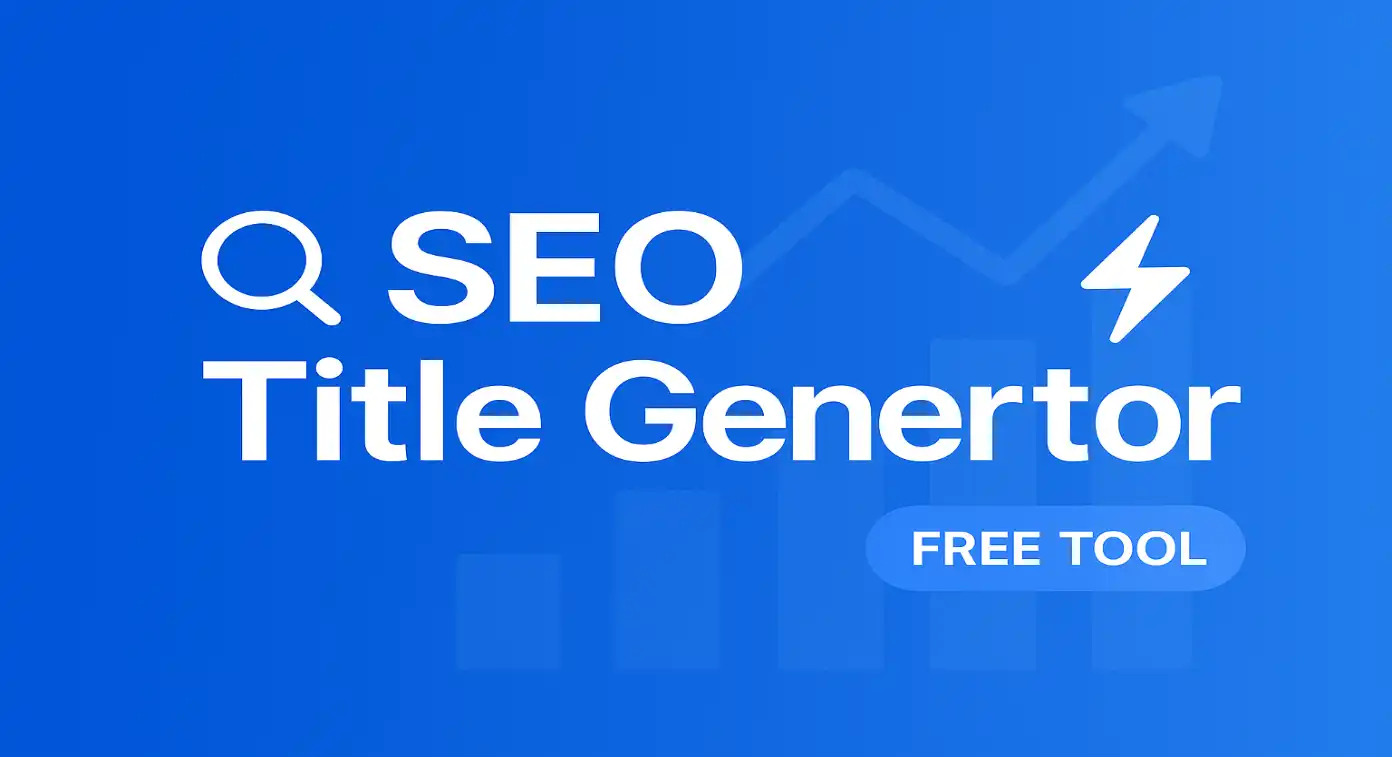SEO Checker Tool
Get a comprehensive analysis of your website's SEO performance with actionable insights
Check Your Website's SEO Score
Enter the URL of your website and click the "Check SEO Score" button to get detailed SEO insights.
What is SEO? Understanding Search Engine Optimization
Search Engine Optimization (SEO) is the practice of optimizing your website and its content to increase visibility in search engine results pages (SERPs). When done correctly, SEO helps your website rank higher for relevant keywords, driving more organic (non-paid) traffic to your site.
In today's digital landscape, having a strong online presence is essential for businesses and individuals alike. With millions of websites competing for attention, implementing effective SEO strategies can make the difference between getting discovered by potential customers or remaining hidden in the depths of search results.
Did you know?
The first page of Google captures between 71% and 92% of all search traffic clicks. If your website isn't on the first page, you're missing out on significant visibility and potential customers.
Why SEO is Important for Your Website
SEO is not just about ranking higher in search results; it's about creating a better user experience that search engines recognize and reward. Here are key reasons why SEO is crucial for your website's success:
- Increased Visibility and Traffic - Higher rankings lead to more clicks and visitors to your website.
- Better User Experience - SEO involves optimizing site structure, navigation, and content, creating a more user-friendly website.
- Build Credibility and Trust - Websites that rank higher are often perceived as more trustworthy and authoritative.
- Cost-Effective Marketing - Unlike paid advertising, organic search traffic continues without ongoing payment.
- Competitive Advantage - Proper SEO can help you outperform competitors in search results.
- Long-Term Results - While SEO takes time, the benefits are typically sustainable over the long term.
Key Components of Effective SEO
SEO encompasses various techniques and strategies that can be broadly categorized into three main components:
Technical SEO
Focuses on the technical aspects of your website that help search engines access, crawl, interpret, and index your website. This includes site speed, mobile-friendliness, indexing, crawlability, site architecture, structured data, and SSL security.
On-Page SEO
Involves optimizing individual web pages to rank higher and earn more relevant traffic. This includes content quality, keyword optimization, title tags, meta descriptions, URL structure, internal linking, and image optimization.
Off-Page SEO
Relates to activities performed outside of your website that impact your rankings within search engine results pages. This primarily involves backlink building, but also includes social media marketing, influencer outreach, and guest blogging.
Technical SEO: The Foundation of Your Website's Performance
Technical SEO forms the foundation of your website's search engine performance. Even the most exceptional content won't perform well if search engines can't properly crawl, index, and understand your site. Let's explore the critical elements of technical SEO that our SEO Checker Tool analyzes:
Mobile-Friendliness: Essential in Today's Mobile-First World
With Google's mobile-first indexing, your website's mobile version is now considered the primary version for ranking and indexing. Mobile optimization is no longer optional—it's mandatory for good SEO performance.
A mobile-friendly website ensures that users on smartphones and tablets can easily navigate and interact with your content. This includes:
- Responsive Design - Your site automatically adjusts to different screen sizes and devices.
- Readable Text Without Zooming - Content is easily readable without requiring users to pinch and zoom.
- Properly Sized Buttons and Links - Interactive elements are large enough to tap with a finger.
- No Horizontal Scrolling - Content fits within the screen width.
- Fast Loading on Mobile Networks - Pages load quickly even on slower mobile connections.
Our SEO Checker Tool examines your website's viewport meta tag, which is crucial for responsive design, and evaluates whether your site is properly configured for mobile users.
Page Speed: The Need for Speed in SEO
Page speed has become an increasingly important ranking factor. Fast-loading websites provide a better user experience, reduce bounce rates, and increase the likelihood of conversion.
Google's Core Web Vitals, introduced as ranking signals, include several speed-related metrics:
- Largest Contentful Paint (LCP) - Measures loading performance. To provide a good user experience, LCP should occur within 2.5 seconds of when the page first starts loading.
- First Input Delay (FID) - Measures interactivity. Pages should have a FID of less than 100 milliseconds.
- Cumulative Layout Shift (CLS) - Measures visual stability. Pages should maintain a CLS of less than 0.1.
Our SEO Checker Tool measures your website's loading time and provides insights on how to improve it, including optimizing images, leveraging browser caching, minifying CSS and JavaScript, and reducing server response time.
SSL Security: Building Trust and Improving Rankings
HTTPS (SSL) is a confirmed Google ranking factor. Secure websites not only protect user data but also signal trustworthiness to both visitors and search engines.
Benefits of implementing SSL security include:
- Improved Rankings - HTTPS is a known ranking signal in Google's algorithm.
- Data Protection - Encrypts data transmitted between the user's browser and your server.
- Increased Trust - Browsers display security indicators that build user confidence.
- Referral Data Preservation - HTTPS to HTTPS referral data is preserved in analytics.
- Required for Modern Features - Many modern web features like progressive web apps require HTTPS.
Our SEO Checker Tool verifies whether your website is using HTTPS and alerts you if your security certificate is not properly configured.
Crawlability and Indexing: Ensuring Search Engines Can Access Your Content
For your website to appear in search results, search engine bots must be able to discover, crawl, and index your content. Several factors can prevent proper crawling and indexing:
- Robots.txt Issues - Incorrectly configured robots.txt files can block search engines from accessing important pages.
- Noindex Tags - Meta robots noindex tags tell search engines not to include specific pages in their index.
- Canonical Tags - Improper canonical tags can cause search engines to index the wrong version of a page.
- XML Sitemaps - Missing or outdated sitemaps can hinder search engines' ability to discover all your pages.
- URL Structure - Complex URLs with parameters or session IDs can cause crawling issues.
Our tool checks for common crawlability issues and provides recommendations to ensure search engines can properly access and index your content.
On-Page SEO: Optimizing Individual Page Elements
On-page SEO focuses on optimizing individual webpage elements to improve search engine visibility and user experience. Our SEO Checker Tool thoroughly analyzes these critical on-page factors:
Title Tags: Your First Impression in Search Results
The title tag is one of the most important on-page SEO elements. It appears as the clickable headline in search engine results and helps search engines understand what your page is about.
Effective title tag optimization includes:
- Optimal Length - Keep titles between 50-60 characters to ensure they display properly in search results.
- Primary Keyword Placement - Include your main keyword near the beginning of the title.
- Uniqueness - Each page should have a unique title tag.
- Relevance - Accurately describe the page's content to meet user expectations.
- Brand Inclusion - When appropriate, include your brand name at the end of the title.
Our SEO Checker Tool analyzes your title tags for length, keyword presence, and effectiveness, providing specific recommendations for improvement.
Meta Descriptions: Compelling Users to Click
While meta descriptions aren't direct ranking factors, they significantly impact click-through rates from search results. A well-crafted meta description acts as ad copy that encourages users to visit your site.
Effective meta descriptions should:
- Be the Right Length - Aim for 120-160 characters to avoid truncation in search results.
- Include Primary Keywords - Search engines bold keywords that match the user's query.
- Contain a Call to Action - Encourage users to take a specific action.
- Be Unique for Each Page - Avoid duplicate meta descriptions across your site.
- Accurately Summarize Content - Provide a concise preview of what users will find on the page.
Our tool evaluates your meta descriptions and suggests improvements to increase click-through rates and user engagement.
Heading Structure: Organizing Content for Users and Search Engines
Properly structured headings (H1-H6) help organize your content, improve readability, and signal to search engines what your page is about and which topics are most important.
Best practices for heading structure include:
- Single H1 - Use only one H1 heading per page, typically containing your primary keyword.
- Hierarchical Organization - Use H2s for main sections, H3s for subsections within H2s, and so on.
- Keyword Inclusion - Include relevant keywords in your headings, especially H1, H2, and H3.
- Descriptive and Concise - Make headings clear and informative about the content they introduce.
- Readability Focus - Write headings that help users scan and understand your content structure.
Our SEO Checker analyzes your heading structure, identifies issues like missing H1 tags or improper hierarchy, and provides recommendations for improvement.
Image Optimization: Visual Content That Boosts SEO
Images enhance user experience and can drive additional traffic through image search, but they must be properly optimized for SEO benefits.
Effective image optimization includes:
- Descriptive File Names - Name image files with relevant keywords, separated by hyphens.
- Alt Text - Include descriptive alternative text that contains relevant keywords and accurately describes the image.
- Appropriate File Size - Compress images to reduce file size without compromising quality.
- Responsive Images - Ensure images display properly on all devices.
- Image Sitemaps - Consider creating an image sitemap for larger sites with many images.
Our tool checks whether your images have proper alt text, identifies oversized images that may slow down your page, and provides optimization recommendations.
Content Quality: The Heart of SEO Success
High-quality content is the foundation of successful SEO. Content that provides value to users is more likely to rank well, earn backlinks, and generate engagement.
Characteristics of SEO-friendly content include:
- Comprehensive Coverage - Thoroughly cover the topic and address user intent.
- Original Insights - Provide unique perspectives or information not found elsewhere.
- Appropriate Length - Create content that's substantive enough to thoroughly cover the topic (often 600+ words for most topics).
- Readability - Use clear language, short paragraphs, and proper formatting for easy scanning.
- Multimedia Elements - Enhance content with relevant images, videos, and other media.
- Natural Keyword Usage - Include relevant keywords in a natural, non-forced manner.
Our SEO Checker analyzes your content length, readability, and keyword usage, providing suggestions to enhance your content's SEO performance.
SEO Best Practices: Comprehensive Strategies for Better Rankings
Implementing SEO best practices across your website can significantly improve your search visibility. Here are key strategies to enhance your overall SEO performance:
Keyword Research: The Foundation of Content Strategy
Effective keyword research helps you understand what your target audience is searching for and how to create content that meets their needs.
Key aspects of keyword research include:
- Search Intent Analysis - Understand whether users are looking for information, navigation, or to make a purchase.
- Keyword Difficulty Evaluation - Assess how competitive different keywords are to rank for.
- Long-Tail Keyword Opportunities - Target more specific phrases with less competition.
- Search Volume Assessment - Determine which keywords have enough volume to be worth targeting.
- Competitor Keyword Analysis - Identify keywords your competitors are ranking for that you might target.
Tools like Google Keyword Planner, SEMrush, and Ahrefs can help you conduct comprehensive keyword research to inform your content strategy.
Internal Linking: Strengthening Your Site's Structure
Internal linking helps search engines discover, crawl, and understand the relationship between pages on your site. It also distributes page authority throughout your website and helps users navigate to related content.
Effective internal linking strategies include:
- Logical Hierarchical Structure - Link from parent topics to subtopics in a way that reflects your site's information architecture.
- Descriptive Anchor Text - Use keyword-rich, descriptive text for your links.
- Contextual Relevance - Link to pages that are genuinely related to the content being discussed.
- Reasonable Link Quantity - Include enough links to be helpful, but not so many that the page becomes difficult to read.
- Link to Important Pages - Ensure your most valuable pages receive internal links from throughout your site.
Regular internal linking audits can help identify orphaned pages (those with no internal links pointing to them) and opportunities to strengthen your site's structure.
Schema Markup: Enhanced Search Results Visibility
Schema markup (structured data) helps search engines understand the content and context of your pages, potentially resulting in rich snippets in search results.
Benefits of implementing schema markup include:
- Rich Snippets - Enhanced search results with stars, prices, images, and other visual elements that increase click-through rates.
- Better Content Understanding - Helps search engines comprehend the meaning and relationships in your content.
- Voice Search Optimization - Structured data can help your content appear in voice search results.
- Knowledge Graph Inclusion - Increases the likelihood of your information appearing in Google's Knowledge Graph.
- Featured Snippet Opportunities - Well-structured data can help your content appear in featured snippets.
Common schema types include Organization, LocalBusiness, Product, Article, FAQPage, Event, Recipe, and Review. Use Google's Structured Data Testing Tool to validate your markup implementation.
Core Web Vitals: User Experience as a Ranking Factor
Google's Core Web Vitals are a set of specific factors that measure the user experience provided by a webpage. They've become important ranking signals as Google places more emphasis on user experience.
The three Core Web Vitals metrics are:
- Largest Contentful Paint (LCP) - Measures loading performance; should be 2.5 seconds or faster.
- First Input Delay (FID) - Measures interactivity; should be 100 milliseconds or less.
- Cumulative Layout Shift (CLS) - Measures visual stability; should be 0.1 or less.
Improving Core Web Vitals often involves optimizing server response times, efficient rendering, JavaScript optimization, proper image sizing, and reserving space for dynamic content to minimize layout shifts.
Pro Tip
Use Google's PageSpeed Insights and Search Console to monitor your Core Web Vitals scores and identify specific improvement opportunities for your website.
Local SEO: Connecting with Nearby Customers
For businesses serving specific geographic areas, local SEO is essential to connect with nearby customers actively searching for your products or services.
Google Business Profile: Your Digital Storefront
Google Business Profile (formerly Google My Business) is crucial for local SEO success. A complete and optimized profile helps your business appear in Google Maps, local search results, and the local pack.
To optimize your Google Business Profile:
- Complete All Information - Fill out every section of your profile, including business category, hours, services, and attributes.
- Add High-Quality Photos - Regularly upload professional images of your business, products, and team.
- Collect and Respond to Reviews - Actively encourage customer reviews and respond to all reviews promptly.
- Post Regular Updates - Share events, offers, and news through Google Posts.
- Maintain Accurate NAP Information - Ensure your Name, Address, and Phone number are consistent across the web.
Regularly monitor your Google Business Profile insights to understand how customers find and interact with your listing.
Local Citations: Building Local Authority
Local citations are mentions of your business name, address, and phone number (NAP) on other websites. They help search engines verify your business information and boost local search rankings.
Key aspects of local citation building include:
- NAP Consistency - Maintain identical business information across all citations.
- Quality Over Quantity - Focus on authoritative directories relevant to your industry and location.
- Local-Specific Directories - Get listed in city-specific business directories and chamber of commerce websites.
- Industry-Specific Directories - Seek out directories specific to your business category.
- Regular Audit and Cleanup - Periodically check for and correct outdated or incorrect citations.
Tools like Moz Local, BrightLocal, and Whitespark can help manage and monitor your local citations efficiently.
E-commerce SEO: Optimizing Your Online Store
E-commerce websites face unique SEO challenges due to their size, structure, and commercial nature. Implementing specialized strategies can help your online store rank better and drive more sales.
Product Page Optimization: Converting Visitors into Customers
Product pages are crucial conversion points that require specific optimization techniques:
- Unique Product Descriptions - Avoid manufacturer descriptions and create original, detailed content for each product.
- Schema Markup - Implement Product schema to display price, availability, and reviews in search results.
- High-Quality Images and Videos - Include multiple images from different angles and demonstration videos where applicable.
- Customer Reviews - Encourage and display authentic customer reviews and ratings.
- Related Products - Link to complementary or alternative products to enhance cross-selling and internal linking.
- Clear CTAs - Include obvious call-to-action buttons that stand out on the page.
Each product page should target specific keywords related to the product while maintaining a natural, user-focused approach to content.
Category Page Optimization: Capturing Broader Search Terms
Category pages target broader keywords and help users navigate your product range. Optimize them with:
- Unique Category Descriptions - Write original content that helps users understand the product category.
- Optimized Faceted Navigation - Implement proper canonicalization and robots directives to avoid duplicate content issues.
- Logical Subcategories - Organize products in a hierarchical structure that makes sense to users.
- Featured Products - Highlight best-selling or seasonal items to increase engagement.
- Category-Specific Content - Include buying guides or category-specific FAQs to add value.
Well-optimized category pages can rank for competitive short-tail keywords that individual product pages might struggle with.
Technical Considerations for E-commerce
E-commerce sites face specific technical SEO challenges that need attention:
- URL Parameter Management - Properly handle sorting, filtering, and pagination parameters to avoid duplicate content.
- Out-of-Stock Products - Decide whether to keep, redirect, or use product schema to indicate when items will be back in stock.
- Site Search Optimization - Implement a robust search functionality with keyword tracking to understand user intent.
- Mobile Optimization - Ensure seamless shopping experience on mobile devices, where many purchase decisions are made.
- Page Speed - Optimize load times, especially for product images, to reduce abandonment rates.
Regular technical audits are particularly important for e-commerce sites, as they tend to grow and change frequently.
Essential SEO Tools and Resources
Leveraging the right tools can significantly enhance your SEO efforts. Here are some essential tools categories and specific recommendations:
Analytics and Measurement Tools
- Google Analytics - Track website traffic, user behavior, and conversion data.
- Google Search Console - Monitor your site's presence in Google search results and identify issues.
- Bing Webmaster Tools - Similar to Search Console but for Microsoft's search engine.
- Hotjar - Visualize user behavior through heatmaps and session recordings.
- SEMrush Position Tracking - Monitor keyword rankings and competitors.
Technical SEO Tools
- Screaming Frog SEO Spider - Crawl websites to identify technical issues and opportunities.
- PageSpeed Insights - Analyze and improve page loading performance.
- Mobile-Friendly Test - Check if your pages are optimized for mobile devices.
- Schema Markup Validator - Test and validate structured data implementation.
- Robots.txt Tester - Verify your robots.txt file is correctly configured.
Keyword Research Tools
- Google Keyword Planner - Discover new keywords and get search volume data.
- Ahrefs Keywords Explorer - Comprehensive keyword research with difficulty scores.
- SEMrush Keyword Magic Tool - Find keyword ideas organized by topic.
- AnswerThePublic - Discover question-based queries related to your topics.
- Ubersuggest - Get keyword ideas, search volume, and competition data.
Content Optimization Tools
- Yoast SEO - WordPress plugin for on-page SEO optimization.
- Clearscope - Content optimization platform that helps create comprehensive content.
- Hemingway Editor - Improve readability and clarity of your content.
- Grammarly - Check grammar, spelling, and style to enhance content quality.
- SurferSEO - Data-driven content editor with real-time optimization suggestions.
While tools can provide valuable insights and automation, remember that they should support your strategy, not replace critical thinking and creativity in your SEO approach.
Frequently Asked Questions About SEO
SEO is a long-term strategy that typically takes 3-6 months to start showing significant results. However, the timeline can vary based on:
- The competitiveness of your industry and target keywords
- Your website's current authority and backlink profile
- The quality and frequency of your content publication
- Technical health of your website
- Your budget and resources dedicated to SEO
Some quick wins can be achieved within weeks (like fixing technical issues), but sustainable rankings improvement generally requires consistent effort over months or even years.
Yes, SEO remains highly relevant and offers unique advantages that other marketing channels don't:
- Organic search drives approximately 53% of all website traffic
- SEO has higher ROI over time compared to paid advertising (which stops when you stop paying)
- Users trust organic results more than paid advertisements
- SEO improves overall user experience and website quality
- SEO works synergistically with social media and paid strategies
The most effective digital marketing strategies integrate SEO with social media, content marketing, and selective paid advertising for maximum impact.
While Google uses hundreds of factors in its algorithm, the most influential ranking factors in 2025 include:
- High-quality, relevant content that satisfies user intent
- User experience signals, including Core Web Vitals and overall page experience
- Mobile optimization, as Google uses mobile-first indexing
- E-E-A-T (Experience, Expertise, Authoritativeness, and Trustworthiness)
- Backlink quality and relevance (not just quantity)
- On-page optimization of titles, headings, and content structure
- Technical factors like site speed, security, and crawlability
Google's AI and machine learning capabilities have also significantly advanced, making the algorithm better at understanding content quality and user satisfaction.
AI has transformed SEO in several significant ways:
- Search algorithms are more sophisticated at understanding content quality and user intent
- Content creation is being enhanced with AI tools, raising the bar for quality and comprehensiveness
- Voice search optimization has become more important due to AI-powered assistants
- Predictive search anticipates user needs, requiring content to address questions before they're asked
- SERP features like featured snippets and knowledge panels are more prevalent, changing how we optimize
The rise of AI emphasizes the need to focus on creating genuinely valuable content that demonstrates expertise and addresses user needs comprehensively rather than trying to manipulate algorithms.
White hat SEO refers to ethical optimization practices that follow search engine guidelines and focus on providing value to users:
- Creating high-quality, original content
- Building genuine backlinks through valuable content
- Improving site speed and user experience
- Using proper keyword research and on-page optimization
Black hat SEO involves manipulative techniques that violate search engine guidelines:
- Keyword stuffing and hidden text
- Buying links or participating in link schemes
- Cloaking (showing different content to users and search engines)
- Doorway pages and content automation
While black hat techniques might provide short-term gains, they risk severe penalties including complete removal from search results. White hat SEO builds sustainable, long-term success.
Conclusion: SEO as an Ongoing Process
Search Engine Optimization is not a one-time project but an ongoing process of refinement and adaptation. Search engines continuously evolve their algorithms, user behaviors change, and competition increases. Successful SEO requires consistent monitoring, testing, and updating of your strategy.
Our SEO Checker Tool provides a valuable starting point for identifying your website's strengths and weaknesses. By addressing the issues highlighted in your analysis and implementing the best practices discussed in this guide, you can improve your search visibility and drive more qualified traffic to your website.
Remember that SEO success comes from a balanced approach that prioritizes both technical excellence and exceptional content that serves your users. By focusing on creating genuine value while following SEO best practices, you'll build a strong foundation for sustainable search performance.
Start your SEO journey today by analyzing your website with our SEO Checker Tool, and take the first step toward improved search visibility and online success.
Ready to improve your website's SEO performance?
Enter your website URL above to get a comprehensive SEO analysis with actionable recommendations.
Check Your SEO Score Now
